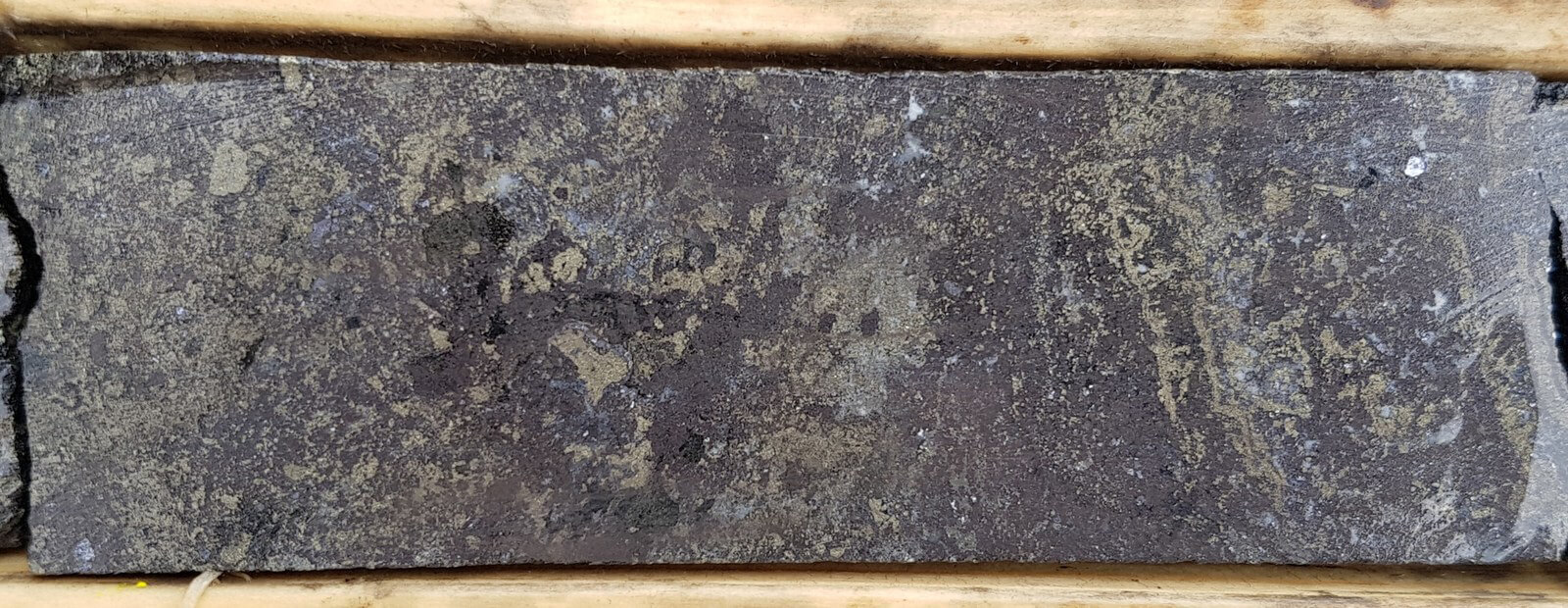What are the Effective Ways to Treat Lead – Zinc Mine Tailings?
In the global context of the lead and zinc smelting industry, as the exploitation of zinc and lead mine resources continues unabated, the annual discharge of lead – zinc mine tailings is on the rise. This not only poses a threat to the environment but also represents a significant waste of potential resources. Given the wide lead zinc uses and uses of lead and zinc in various industries, finding effective ways to manage these tailings is of utmost importance.
Lead – zinc mine tailings generally present in three main forms: sand tailings, characterized by a coarse-grained texture; mud tailings, with a high mud content often found in lead – zinc oxide mines; and fine ore tailings, which are prevalent in mines across many regions.
The treatment of these tailings mainly focuses on four aspects: reselection and recovery, dry discharge, backfilling, and production of building materials.
How are lead-zinc tailings treated?
Re-selection and recovery of tailings, dry tailings discharge, waste backfill, and production of building materials.
Re – concentration and recovery of lead-zinc mine tailings is a crucial step. Owing to the relatively primitive beneficiation technology and equipment in the early days, many tailings still hold valuable components such as lead, zinc, sulfur, iron, barite, feldspar, quartz, and mica. These components have diverse lead zinc uses, and in the lead and zinc smelting industry, their recovery can significantly enhance resource utilization.
- For lead-zinc sulfide tailings, the regrinding-flotation process is commonly used to recover lead-zinc ore.
- Lead-zinc oxide ore tailings, with their complex mineral composition and unstable associated components, often adopt the preferential flotation process, preceded by desliming operations.
- Mixed lead-zinc ore tailings are separated using the mixed-partial flotation process.
In addition, re-election for iron and sulfur recovery, recycling barite, and recovering feldspar and quartz from the tailings are also key measures.
Dry discharge of lead-zinc mine tailings alleviates the storage pressure of tailings ponds, reduces safety risks, and saves production costs, which is in line with the requirements of green mine construction.
Backfilling the goaf with tailings is an effective way to directly utilize them, especially beneficial for mining companies with limited space for tailings ponds.
The production of building materials from lead-zinc tailings is another promising approach. The tailings’ composition, similar to cement raw meal, can be used to replace some raw materials in cement production, taking advantage of their mineralization and fluxing functions during calcination.
As global mine owners, we are at a crucial juncture. Let’s take immediate action. Adopt advanced tailings treatment technologies, invest in research and development to improve resource recovery rates, and contribute to sustainable development in the lead and zinc smelting industry. By doing so, we can not only protect the environment but also unlock the full potential of these valuable resources, ensuring a prosperous future for the industry and the planet.
Whatsapp:+86 133 1927 7356
Email:[email protected]

